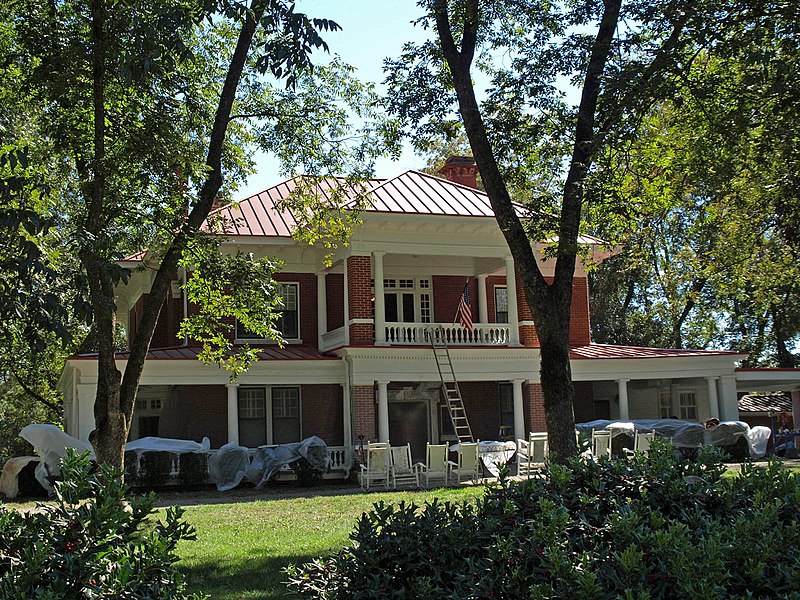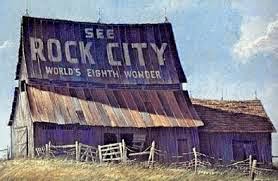 Hillcrest-Allen Clinic and Hospital
Hillcrest-Allen Clinic and Hospital
Hoschton is a city in Jackson County, Georgia, United States. The population was 2,908 at the 2000 census.
History
In 1865, three intrepid brothers, J.R., R.A., and William Hosch, built the first store in what is now Hoschton. In 1880, with the promise of a railroad at hand, R.A. and J.R. Hosch decided to establish a town. The brothers hired surveyors and held a sale of lots. They also bought and gave, for the use of Hoschton citizens, land on which to build the town square, a church, a school and a cemetery. Fittingly, the city name honors the Hosch brothers.
Cochran Log House, Hoschton, Jackson County, GA
Geography
Hoschton city proper is located entirely within Jackson County.The Hoschton Zip Code 30548 goes well beyond the city limits, and results in the post office delivering mail into four counties: Jackson, Gwinnett, Hall, and parts of Barrow counties. Hoschton's zip code is used in about 40% of Braselton town limits.
The city borders Braselton.


























































